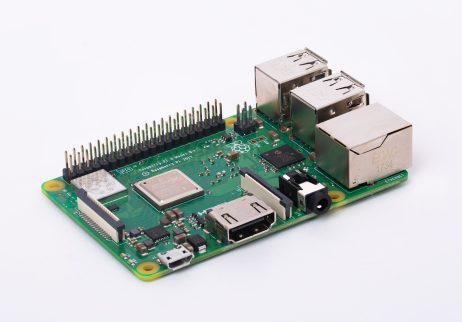This installer lets you easily run Windows 10 on ARM on a Raspberry Pi
2 min. read
Published on
Read our disclosure page to find out how can you help Windows Report sustain the editorial team Read more

While Raspberry Pis are bare essential computers designed primarily for building robots and connected devices, some people take more pleasure in building desktop computers with them. It’s easy to understand why—at just $35, a Raspberry Pi can serve as a very cost efficient way to build a desktop computer for someone who only needs to check emails, browse social media, or type a quick document.
Linux has been the best way to achieve this given that a Raspberry Pi uses an ARM-based processor that traditional Windows doesn’t support. However, it’s now easier than ever to install the full-fledged Windows 10 desktop operating system on the tiny computer thanks to the developer of the WoA Installer for Raspberry Pi (via Appuals). All one needs are the Raspberry Pi 3 (either the model B or the newer B+), and microSD card, and a copy of the Windows 10 ARM64 disk image.

The process should be relatively simple, although we haven’t tested the installation process ourselves. Just download the WoA Installer and the Core Package, then run the Installer. Once you’re done, import the Core Package from the advanced section in the program, after which you will be able to run the Windows 10 installer and install it relatively easily.
While this might not be the primary use case of the mini computer, it’s still interesting nonetheless, and could make for a nice cost-effective home computer. However, given the low-powered nature if the Raspberry Pi, the tiny computer will likely not perform well when emulating win32 applications, which weren’t designed for ARM chips. Or you could still build a robot running an overpowered full version of Windows 10 as opposed to the IoT version, if you prefer. Either way, its nice to see there are more options out there than the limited number of Linux distributions that support the device.








